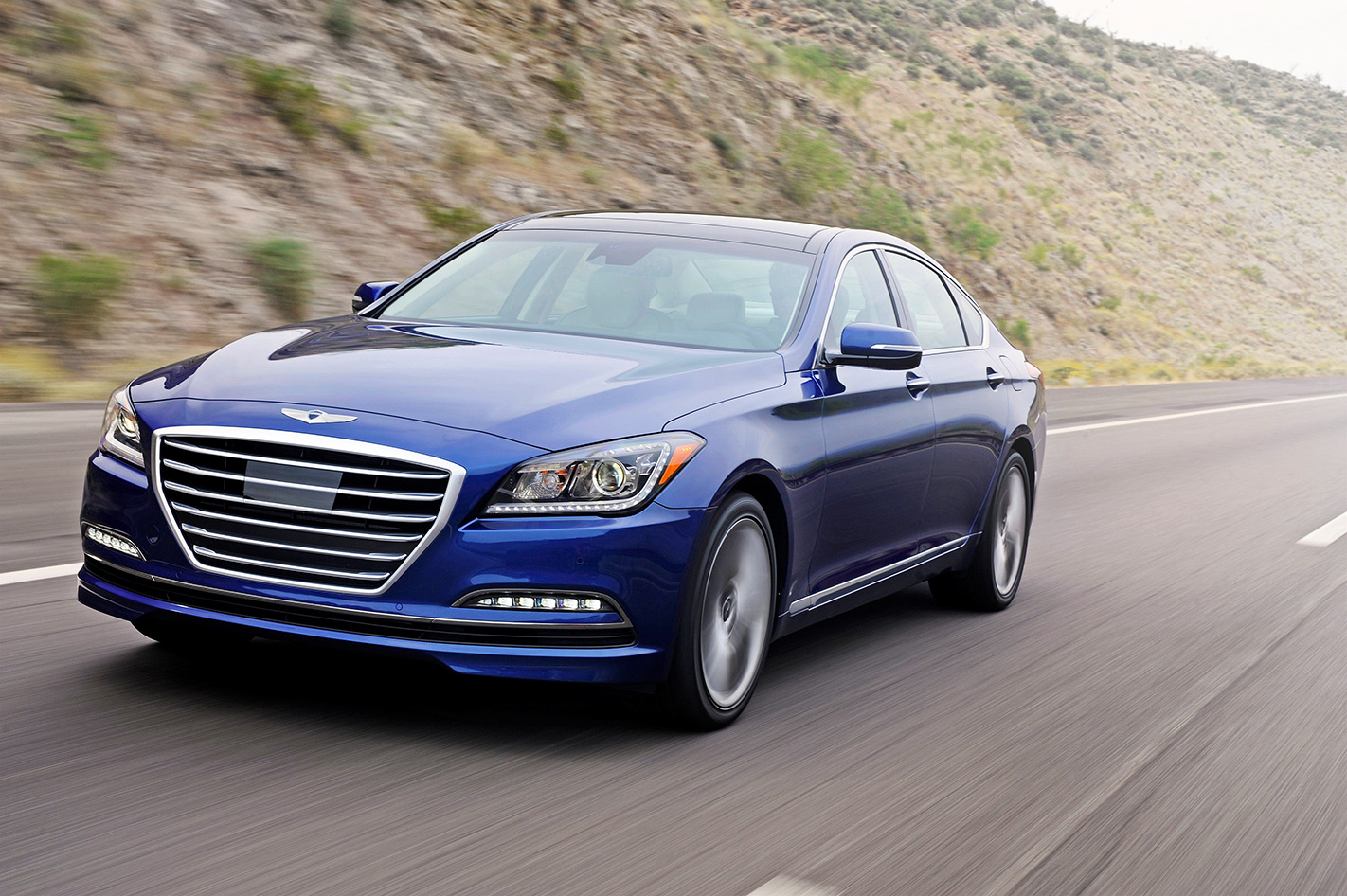HYUNDAI’S current Fluidic Sculpture design language is to be toned down, beginning with the big rear-drive Genesis sedan due to launch in Australia late this year.
“Many, many people say we are too strong (with) design,” Hyundai design chief Byung Seob Lee said.
So, after only four years, Fluidic Sculpture is to be replaced with a smoother, more conservative Version 2.0.
Genesis “sets the tone for cars we are going to develop in the future”, according to Casey Hyun, Hyundai’s Australian-raised creative strategist.
Hyun says design is already measurably lifting the Korean brand’s image. To maintain this momentum, Hyundai has decided it must back away from the fuss and flash of its existing styling.
The 2009 Sonata – which was marketed in Australia as the i45 – was the “anchor car” for the introduction of Hyundai’s first attempt at co-ordinating design across its range.
The look was consistent, but trendy and fast fading, admits Hyun.
The new Genesis will play a similar anchor role for Fluidic Sculpture 2.0, according to Lee and Hyun.
At almost five metres long, it’s a big car. Good looking, too.
For Australia, the Genesis will come with a 232kW 3.8-litre version of Hyundai’s ‘Lambda’ V6 with direct injection, driving the rear wheels through an eight-speed automatic transmission.
While a 5.0-litre V8 ‘Tau’ engine and all-wheel-drive system have been developed for the Genesis, both are compatible only with left-hand-drive versions.
Genesis is due to go on sale in the fourth quarter this year, priced from below $60,000.
It will be quickly followed, in either late 2014 or early 2015, by the seventh-generation Sonata/i45.
The medium-size front-driver will be equipped with 2.4-litre direct injection and 2.0-litre turbocharged versions of Hyundai’s ‘Theta’ in-line four-cylinder engine and a six-speed automatic transmission.






